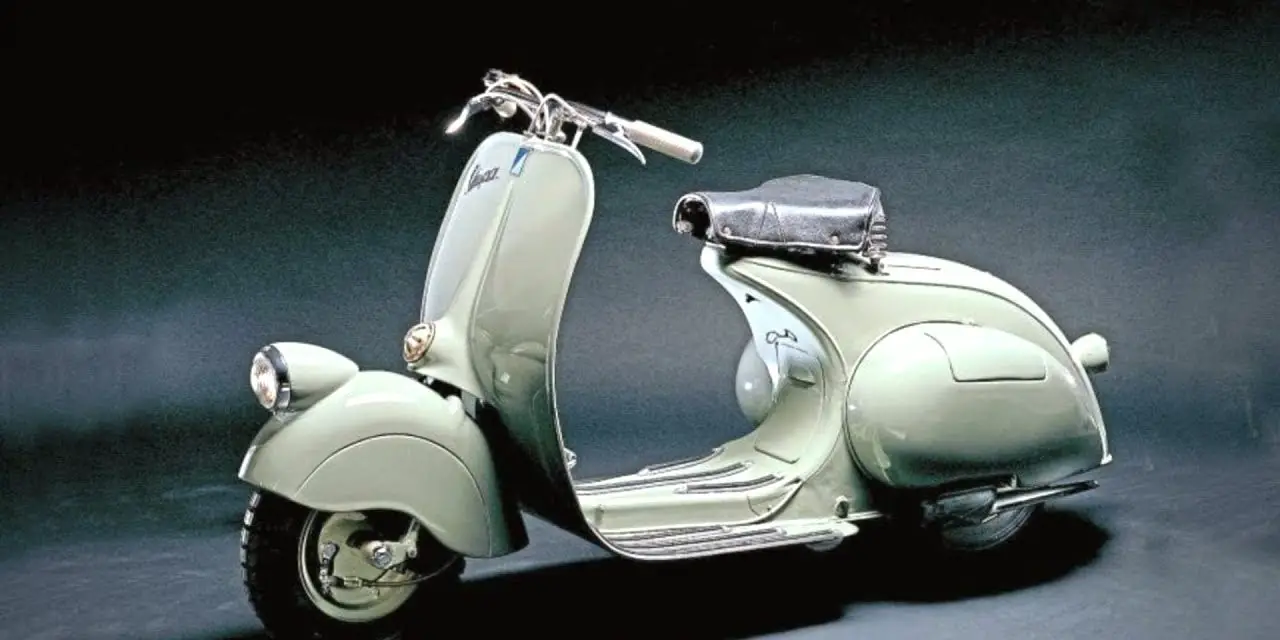The birth of one of the most iconic two-wheeled vehicles, the Vespa, came from the mind of a man who detested motorcycles. This paradoxical origin story is fascinating and highlights the innovative spirit that led to the creation of a vehicle that would revolutionize personal transportation.
1. The Birth of the Vespa
The Vespa emerged from the ruins of Piaggio’s bombed factory after World War II. Enrico Piaggio, faced with the challenge of repurposing his company’s production, chose to create a new kind of vehicle. This vehicle needed to be affordable, easy to use, and capable of navigating Italy’s damaged roads. The result was the Vespa, a two-wheeler designed to be more practical and approachable than traditional motorcycles.
2. A New Kind of Motorcycle
Despite some debate about whether a Vespa qualifies as a motorcycle, the 1946 patent for the Vespa describes it as “a motorcycle with a rational arrangement of organs and elements with a frame with mud guards and covers concealing all mechanical parts.” This innovative design aimed to retain the beneficial aspects of motorcycles while eliminating the drawbacks, such as dirt, noise, and complexity, making it more suitable for the general public.
3. The Influence of Aviation
Piaggio’s background in aeronautics significantly influenced the Vespa’s design. The use of a monocoque frame, which was more robust and lighter than traditional tubular frames, was a direct result of Piaggio’s experience in aircraft engineering. This design choice provided better durability and ease of use, which were crucial for the Vespa’s success.
4. The Designer Who Hated Motorcycles
Coradino D’Ascanio, an aeronautical engineer who disliked motorcycles, was tasked with designing the Vespa. His disdain for traditional motorcycles led to innovative features that set the Vespa apart. He eliminated the need to straddle the vehicle, making it more accessible, and designed protective panels to keep riders clean and comfortable. His approach resulted in a vehicle that was both functional and aesthetically pleasing.
5. The Vespa’s Impact
The Vespa quickly became a cultural icon, especially after Audrey Hepburn famously rode one in the film “Roman Holiday.” Its design and functionality appealed to a broad audience, making it more than just a mode of transportation. The Vespa’s influence extended beyond scooters, impacting the design and perception of motorcycles and personal vehicles worldwide.
The Vespa’s story is a testament to how innovative thinking and a willingness to challenge conventional norms can lead to groundbreaking products. The Vespa remains a beloved symbol of style and practicality, proving that sometimes, the best ideas come from the most unexpected places.








